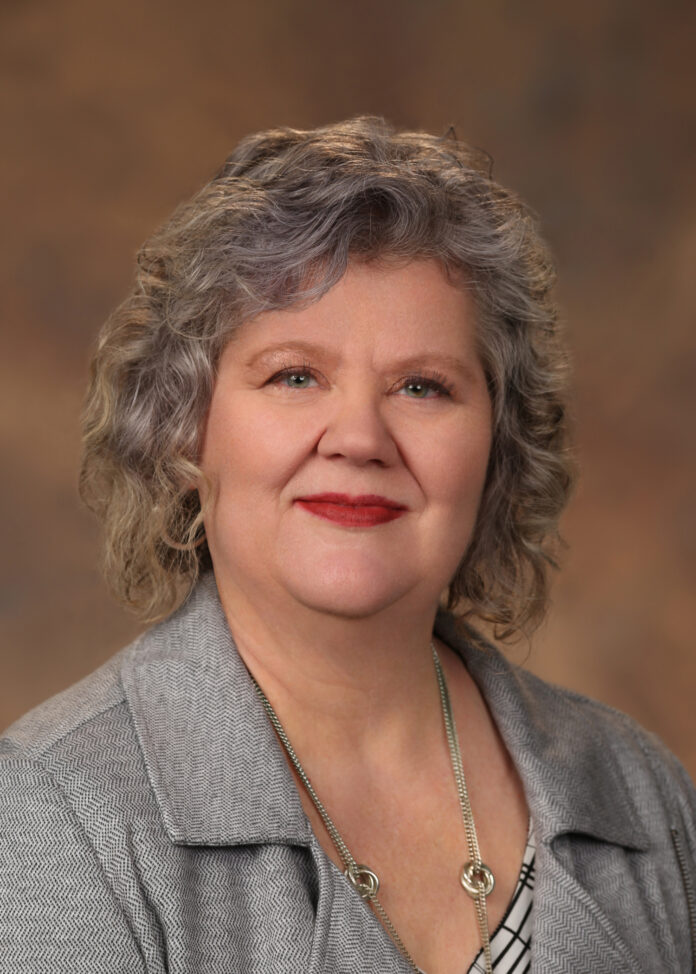
By Carol A. Cates, MSN, MBA, RN
Chief Nursing Officer
Odessa Regional Medical Center
Almost every day I get some sort of alert from a health care professional organization about increasing violence directed at health care workers. Unfortunately, it’s not just in other places, its here in the Basin too. It’s a topic I find myself discussing with colleagues far too often. Other professions are seeing the same trends. My husband is a teacher, and he frequently remarks how there are more and more fights and how it seems like the kids are becoming increasingly violent. I know there have been a couple of viral videos from Permian Basin schools of fights to the point of near riot to a serious attack on a teacher. Then there are the active shooters. It seemed like it stopped when COVID was at its worst, but that too has come back and with a vengeance across the nation. Not so much here in the Basin at this point, thank God, praying that doesn’t change. Once was more than enough.
When I discuss the subject of increasing violence with friends and colleagues, the overwhelming question we all ask is why? I think its really tempting to say its “that generation”, referring to kids and younger adults, but I see it just as much, among people that are “old enough to know better.” Last week I read an article that explained at least some of it, and I thought I would share. This to me might fall into the “those that don’t learn from history are doomed to repeat it” category.
In a recent book, “Plagues and their Aftermath: How Societies Recover from Pandemics,” author Brian Michael Jenkins looks at past plagues, such as the Black Plagues in Europe during the Middle Ages, to the 1918 flu pandemic to the current post-COVID attitudes and many outbreaks between for common trends. What he found was society was affected on many levels, not just on the health/illness scale.
The first similarity he noticed was the affect of quarantines and travel restrictions on the economy and on civil liberties. Historically, that has resulted in a shift toward distrust in government and a feeling that government has overstepped its boundaries. We have certainly seen that in this pandemic. In the 1793 yellow fever outbreak in Philadelphia the resulting unrest led to immigrant restrictions and an increase in dubious treatments for yellow fever, including wine as a cure. Long-term studies of those affected by the 1918 pandemic found that those who had come from parts of the US or other countries that had high mortality rates during the 1918 pandemic had significantly lower trust in government, even decades after the pandemic. Cholera pandemics in the 1800s showed similar issues with governmental trust.
Antisocial and violent behavior has also increased in the aftermath of pandemics of the past. Psychologists feel it is related to the prolonged isolation, which causes increased anxiety and increased irritability. That in turn promotes aggression and decreases impulse control. Underlying anger and chronic stress also led to that aggression and poor impulse control. Those feelings can lead to an increase in random violence. As a society we are certainly seeing that. Homicides jumped from 16,699 in 2019 in the US, to 21,570 in 2020, and it increased again in 2021. The jump between 2019 and 2021 in homicides was a whopping 38%—the biggest increase in more than half a century. That was seen in the Plague of Athens, the Black Plagues of the Middle Ages, and several other plagues through out history. The Greek historian Thucydides stated, “Athens owed to the plague the beginnings of lawlessness”. The 14th century poet Giovanni Boccaccio likened people’s behavior during the Black plagues to “animals” where it was every man for himself.
Plagues in history have also led to an increase in disparities between the haves and have-nots, an increase in scapegoating of people who are different, including racial/ethnic tensions, and economic uncertainty. Things we have certainly seen in this pandemic as well.
Much of this we cannot control because the scale is so huge, but we can control how we treat those around us as individuals. We don’t have to allow the stresses of the pandemic to follow us into the future as past societies did. We can make sure that here in the Basin, we do what we do best. Cling together as a community even when history and overall society is trying to make us fall apart.



